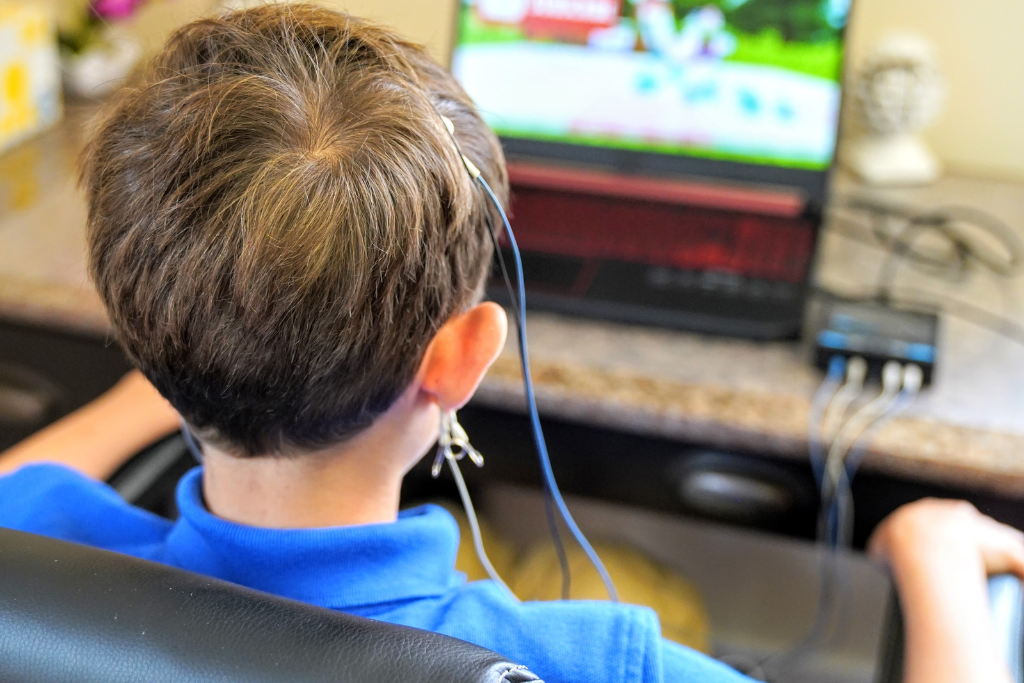
Brain Boost or Bust? Can Neurofeedback Therapy Really Sharpen The Memory?
Discover how can neurofeedback therapy help memory. Enhance recall, focus & cognitive function with this non-invasive brain training.
PARENTING HUB
Blog – Parenting Hub
Blog
PARENTING HUB

Brain Boost or Bust? Can Neurofeedback Therapy Really Sharpen The Memory?
Discover how can neurofeedback therapy help memory. Enhance recall, focus & cognitive function with this non-invasive brain training.
The effectiveness of diagnosis and treatment vary by patient and condition. Dr. Roseann Capanna-Hodge, LLC does not guarantee certain results.